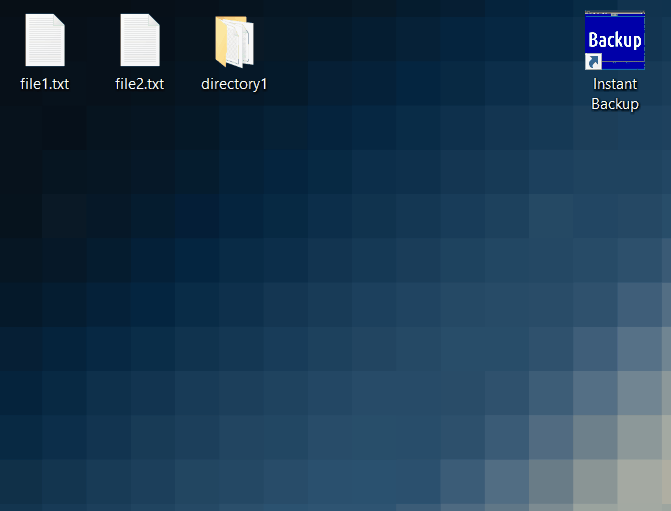InstantArchive backups the files and folders at the same directory, adding a time stamp and compressing with 7z.
If you drag and drop a file or a directory (or a multiple mix of them) on to the icon of InstantArchive, it will create a archive file for each of them.
Here is a real-time screen recording of its usage:
InstantArchive also makes it easy to add comments to backup files. To do that, simply drag and drop the backup file to InstantArchive once more:
No need to install, the package is portable. Simply extract the package to a directory of your choice.
None, currently.
There a few ways to use InstantArchive.
Create a shortcut to InstantArchive.exe on your Desktop. To create a shortcut, simply right click and drag InstantArchive.exe to your desktop, and drop it. Then it will be ready to drag and drop files and directories.
Create another shortcut to InstantArchive.exe on your Desktop.
Edit the shortcut, and add /t and a folder of your choice.
Full line for Target text box could look like this:
C:\bin\instantarchive\instantarchive.exe /t C:\Backups
/t and the target directory name next to it makes InstantArchive to move the archive files to the target directory.
Hit Windows Key+R and type: shell:sendto and hit Enter. Copy your shortcuts from above steps to this folder.
Samples have been provided in backup_scripts folder.
As a sample, the source code for backup_vim.bat is also provided here:
cd %~dp0
..\instantarchive.exe /t c:\BACKUPS\regular_backups\ C:\PortableApps\PortableApps\gVimPortable
Feel free to add more scripts.
-
QB64, QuickBasic 4.5 compatible compiler which supports Windows, Linux and Mac OS X.
-
7-Zip as the compression tool.
Check the releases section of Github page.
There are no pre-built binaries for Linux and Mac OS, but it will be available soon.
InstantArchive is licensed with MIT. See the LICENSE file.
For 7-Zip, most of the source code is under the GNU LGPL license. The unRAR code is under a mixed license: GNU LGPL + unRAR restrictions. Check license information here: 7-Zip license.
All trademarks and registered trademarks are the property of their respective owners.

